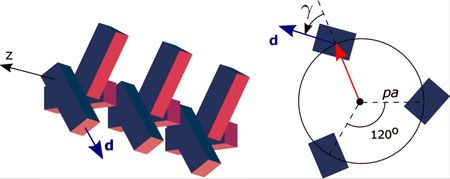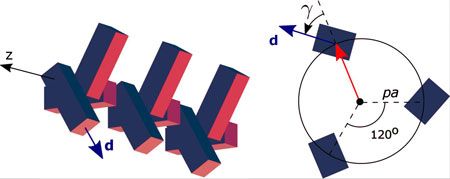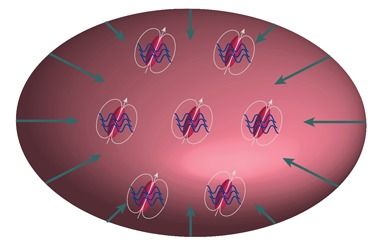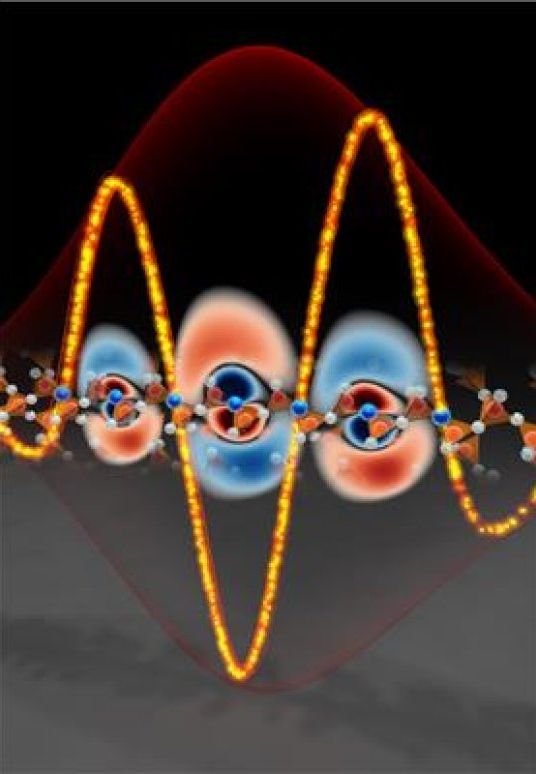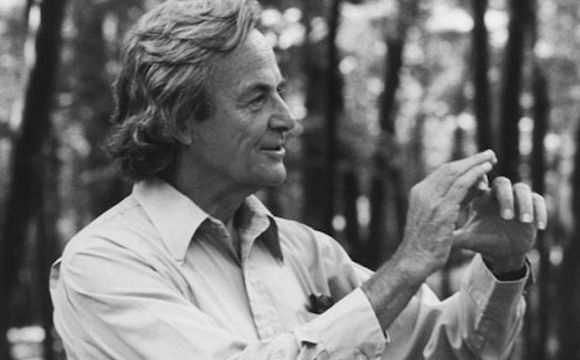May 24, 2016
Samsung Electronics To Skip OLED TV And Go Straight To QLED TV
Posted by Karen Hurst in categories: electronics, quantum physics
Establishing the trend. Q-dot technology will be in all displays soon.
“Samsung Electronics will skip commercializing OLED for TVs and ho straight to QLED technology, perhaps as soon as 2009. Its strategy is to continue to develop its quantum-dot TVs, which are its current major products, and prepare to commercialize QLED technologies during this time.”
Continue reading “Samsung Electronics To Skip OLED TV And Go Straight To QLED TV” »

